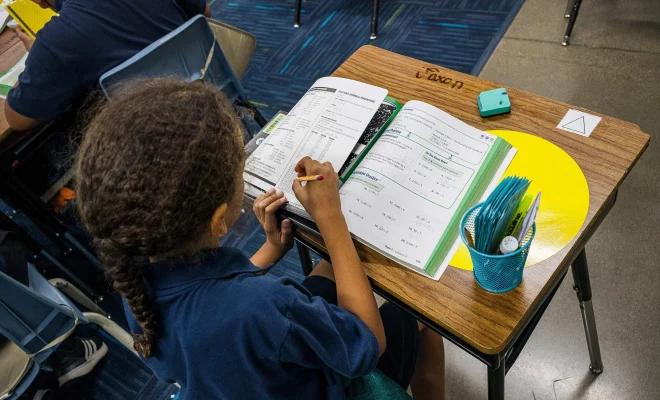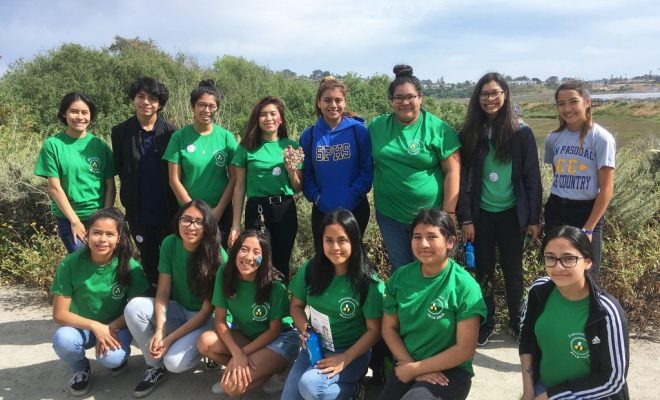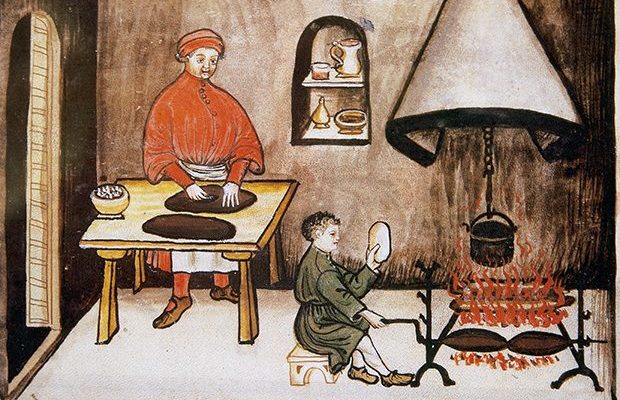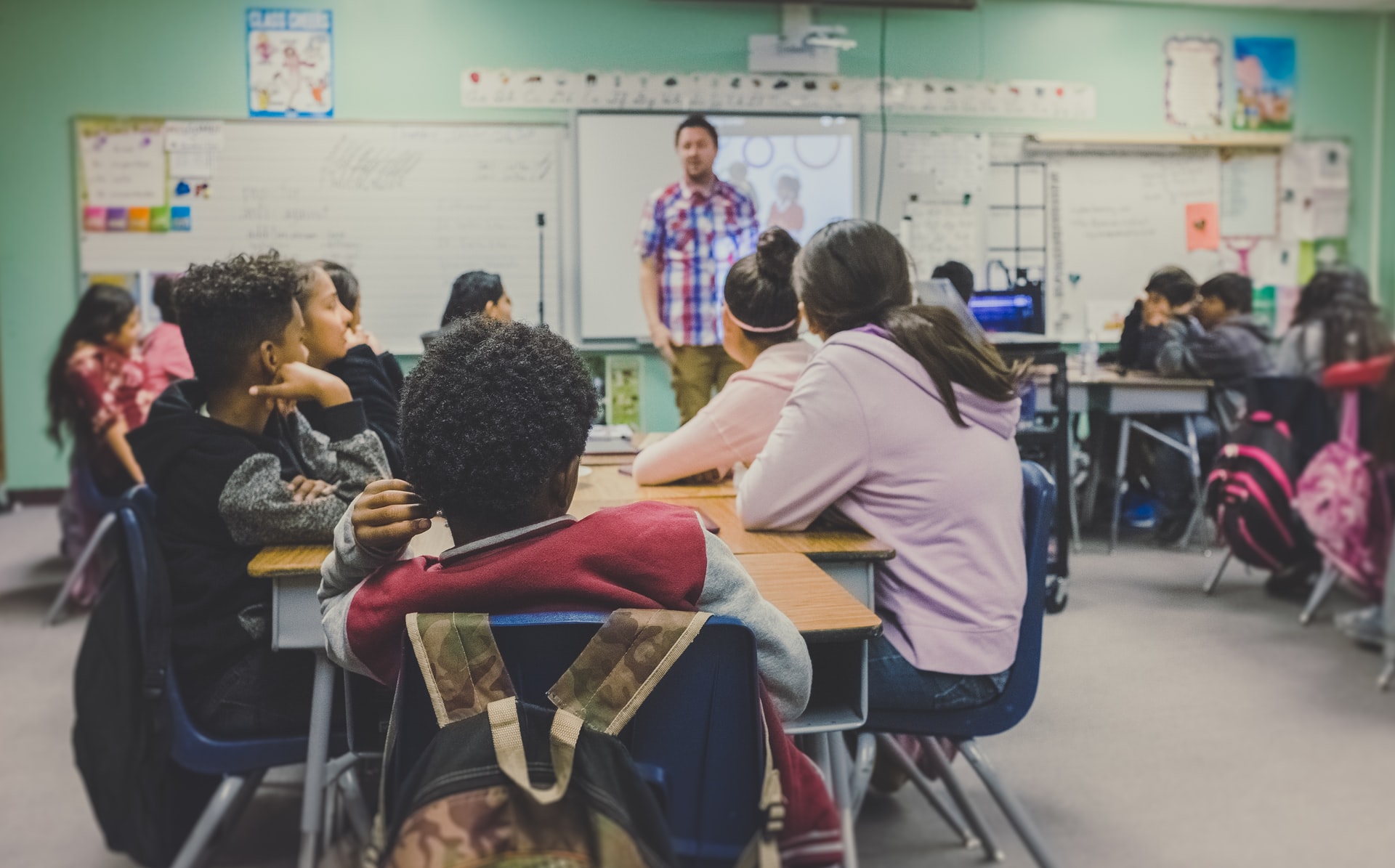8 DIY Activities to Teach Kids About Germs
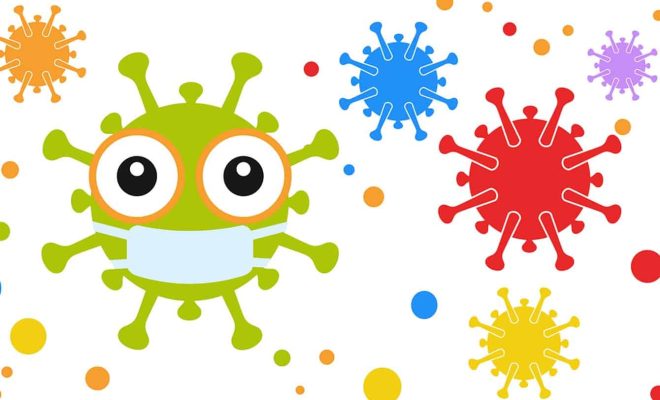
Introduction:
In today’s world, it is crucial to educate kids about germs and proper hygiene practices. Teaching them at an early age about the importance of handwashing and cleanliness can help prevent the spread of diseases. To make learning fun and engaging, here are eight DIY activities that you can try with your kids to teach them about germs.
1. Glitter Germ Experiment:
Materials needed: Glitter, hand lotion, and water.
Instructions:
– Apply a small amount of hand lotion on your child’s hands and rub it in.
– Sprinkle glitter all over their hands, covering every part.
– Let them shake hands with others or touch different surfaces.
– Discuss how the glitter represents germs that can easily spread.
– Ask them to try removing the glitter with just water.
– Explain that water alone might not be enough to remove all the germs and that proper handwashing with soap is necessary.
2. Handwashing Song:
Teaching kids the proper duration for handwashing is essential. Create a fun handwashing song with them that lasts for at least 20 seconds. Include actions and encourage them to sing it every time they wash their hands. This will help them understand the importance of thorough handwashing.
3. Make a Germ Collage:
Gather magazines, newspapers, or old books and find pictures of things associated with germs (sneezing, coughing, dirty hands). Have your child cut out the images and glue them onto a poster board. Discuss each picture and explain why it represents germs. Hang the collage where your child can see it, serving as a reminder to always practice good hygiene.
4. Science Experiment: The Bread Test
Materials needed: Two slices of bread, a plastic bag, labels.
Instructions:
– Take two slices of bread.
– Name one slice “Clean hands” and the other “Dirty hands.”
– Let your child handle the “Dirty hands” slice of bread without washing their hands.
– Place each slice in a separate plastic bag, ensuring they don’t touch each other.
– Observe and record changes over time.
– Discuss the importance of handwashing as the “Dirty hands” bread will likely grow mold faster.
5. Role-Playing Game: Germ Detectives
Create a role-playing game where your child becomes a germ detective. Give them a magnifying glass and a spray bottle filled with water (representing disinfectant). Ask them to search for “germs” (small dots or pictures of germs) hidden around the house. Instruct them to spray the disinfectant on the germs to “eliminate” them. This game will teach them about the importance of cleaning surfaces to prevent the spread of germs.
6. Hygiene Chart:
Make a hygiene chart with different activities like brushing teeth, washing hands, and covering mouth while coughing. Use stickers or stars to mark each time your child completes one of these tasks. This will encourage them to maintain good hygiene habits and track their progress.
7. DIY Hand Sanitizer:
Materials needed: Aloe vera gel, rubbing alcohol, essential oils (optional), small bottles.
Instructions:
– Mix 2/3 cup of rubbing alcohol with 1/3 cup of aloe vera gel.
– Add a few drops of your preferred essential oil for a pleasant scent.
– Stir the mixture thoroughly.
– Use a funnel to transfer it into small bottles.
– Explain how hand sanitizers can be used when soap and water are not available, but handwashing remains the best option.
8. Storytime: “Germs Are Not for Sharing”
Read books like “Germs Are Not for Sharing” by Elizabeth Verdick to help your child understand the concept of germs, how they spread, and the importance of hygiene. Discuss the story together, answering any questions your child might have.
Conclusion:
Teaching kids about germs doesn’t have to be boring or intimidating. These eight DIY activities will not only educate them about germs and hygiene but also make learning fun and interactive. By instilling these habits at an early age, you are shaping them into responsible individuals who prioritize their health and the health of others.

